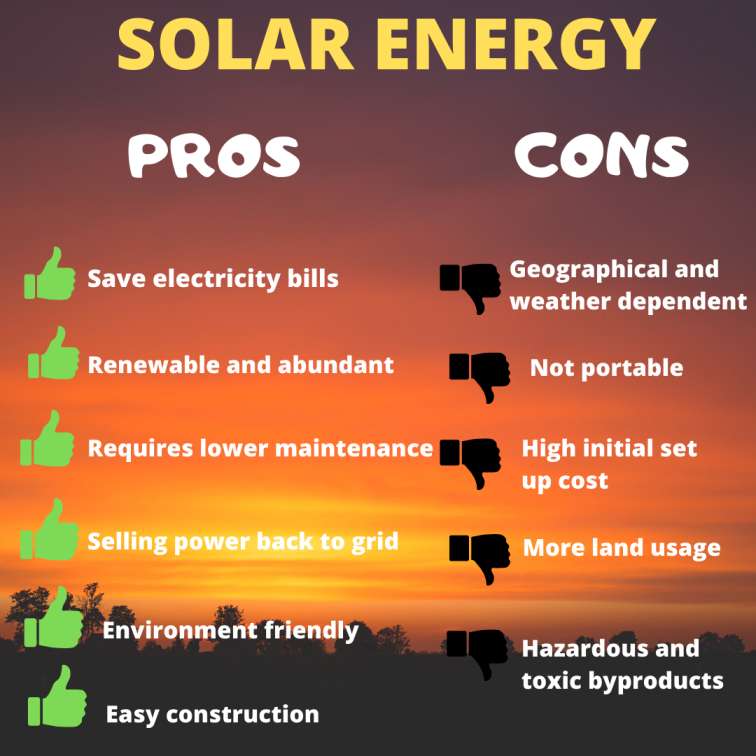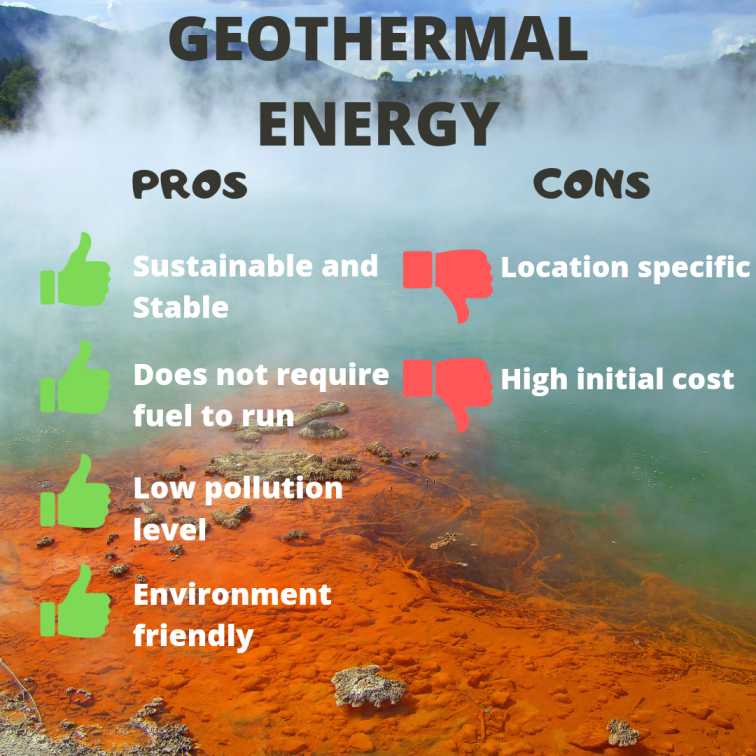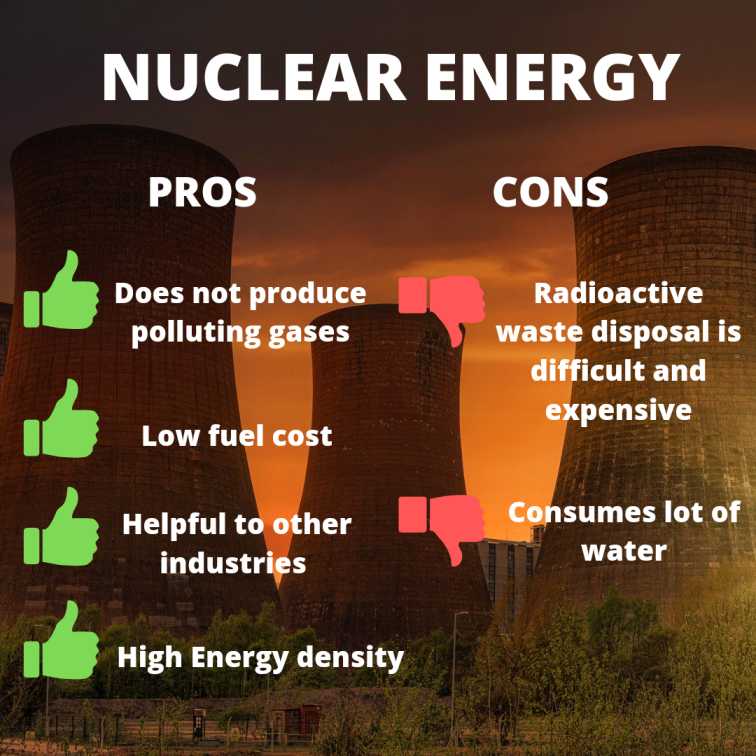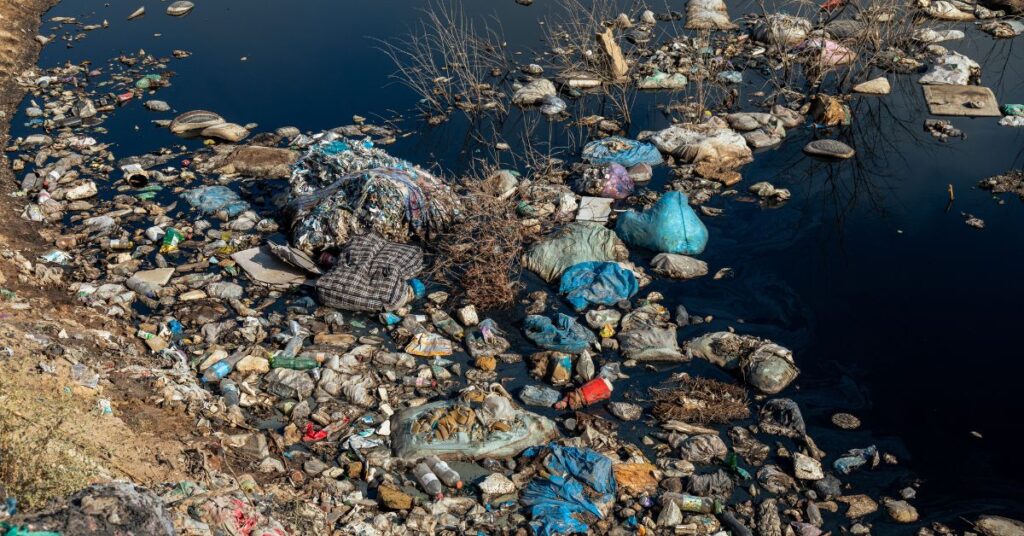As everyone is silent, we decided to talk about the negative impacts of renewable energy on the environment

We as a society are working towards achieving sustainable goals and finding cleaner alternatives to save our planet. But you will be surprised to know that even renewable energy alternatives also affect the global ecosystem in so many ways.
The environmental impacts of renewable energy are certainly there. In this article, you will find a comprehensive essay on the harmful effects of renewable resources on the environment.
But before we begin with the topic, let us look at some basic definitions and reasons to understand more about Renewable Energy.
What is Renewable Energy in Simple Words?
Renewable energy is clean energy extracted from the accumulation of resources, which are naturally replenishing on a time scale.
Unquestionably, you can experience renewable resources in your surroundings by the heat you get from the Sun, the wind you feel around, and so on.
Renewable energy is often acknowledged as a new technology, but this is a pretty old concept. In the past, people harnessed nature’s energy, and one of the examples is using wind to power ships for sea voyages.
All our renewable energy resources have some impact on the Environment, and it becomes necessary to be aware of its consequences. Our responsibility is to combat climate change using clean energy.
As per the report published in the Guardian, renewable energy usage in the United Kingdom surpassed its fossil fuel counterpart for a record of 137 days in 2019.
However, renewable energy is not that green as showcased by experts all around the globe.
Negative Effects of Renewable Energy on Environment
One thing is very clear, be it renewable or non-renewable energy, they all have some kind of negative impact on the environment.
For the past few years, we humans have mishandled the resources that have caused global warming and climate change. Here, let’s find out the environmental impacts of renewable energy sources one by one.
Negative impacts of solar energy on environment
Solar energy is the most efficient source to generate sustainable electricity. Solar energy is abundantly found in the equatorial regions.
The best homemade solar energy example is the solar oven or cooker that traps light particles called photons, and with the help of metal reflectors, it generates heat.
The infrastructure to generate a large amount of solar energy requires huge pieces of land, resulting in deforestation and loss of habitat for several species.
Also, solar panels are built using hazardous compounds of cadmium, copper, and many such toxic elements. The byproducts toxicity per unit of solar energy is 300 times greater than the Nuclear Plants.
But, the impact greatly depends on the scale of the system and the type of technology used.


Negative impacts of wind energy on environment
Generating energy from wind is one of the cleanest forms of renewable energy sources because it does not produce any toxic or harmful emissions, just like solar energy.
On our planet, the presence of wind is abundant, which makes wind energy an ideal energy alternative to replace fossil fuels.
However, the installation of windmills requires a large scale of land that consequently affects the wildlife and disbalances their ecosystem.


Negative impacts of geothermal energy on environment
Geothermal energy production is only achievable in hotspot regions. On these spots, the hot magma is closer to the earth’s crust and produces hot water that helps in generating electricity.
Sometimes, there is the requirement of deep drilling in the earth’s crust to spot these regions, which involves high machinery and labor management.
Many times, these drilling activities create air and noise pollution.
The energy generation in Geothermal differs in between the type of cooling methods. These methods are often known as water-cooled and air-cooled techniques demanding higher maintenance.
The water-cooled techniques help to keep the engine cool and ensure it runs at maximum efficiency.


Negative impacts of hydroelectric power on environment
Hydroelectric energy is electric power generated using water. It requires proper infrastructure development near large dams. When the water level rises, the kinetic energy of water converts into potential energy to form electricity.
Hydropower installation and its maintenance at the later stage greatly affect aquatic ecosystems and pose an existential threat to several endangered species.


Negative impacts of nuclear energy on environment
Nuclear Energy is a source of power produced from the energy of nuclear reactions. Unlike fossil fuels, nuclear energy does not produce harmful gases causing air pollution.
The only setback arises as Nuclear Energy generates radioactive waste, which decomposes by radioactive decay. The decay happens with time, providing a strong incentive to store the waste for about 50 years before disposal.
Besides, a risk element is always there with nuclear energy as a natural disaster like an earthquake or tsunami might trigger a nuclear accident, like what happened in Fukushima in 2011.


Negative impacts of biomass energy on environment
Biomass is renewable energy obtained from organic matter stored under the sun. In the process, the plants produce biomass through photosynthesis.
Burning biomass for obtaining heat and electricity releases carbon dioxide.
The harmful emissions of CO2 can increase particulate matter resulting in the increased greenhouse effect and air pollution.
Although biomass fuels are renewable, they require maintenance. And, failure to do this can lead to deforestation.


Why renewable energy is important for sustainable development?
The concern over the harmful effects of greenhouse gas emissions due to fossil fuels is unignorable because it plays a devastating impact resulting in climate change.
Non-renewable energy such as Fossil fuels, petroleum, and natural gas harms nature by causing air pollution, water pollution, loss of habitat, and global warming.
Though renewable energy also has several negative effects on the global ecosystem, it stands nowhere compared to its nonrenewable counterparts in terms of pollution or CO2 emissions.
Renewable Energy is indispensable in creating a sustainable future for our planet.
Not only it conserves our environment, but also it focuses on producing clean energy. Therefore, it reduces the greenhouse effect and minimizes its harmful impact on our mother nature.
Benefits of using renewable energy sources
- Renewable energy supports diversifying sources of energy by reducing over-dependencies on traditional fossil fuels.
- Renewable energy has a positive impact on countries’ economies. Renewable energy creates jobs in the research, development, and manufacturing sector that ultimately helps the economy and social background of society to grow.
- Renewable energy requires relatively lower maintenance.
- The eco-friendly aspect of renewable energy is unquestionable.
- The unlimited availability of renewable energy sources, like solar energy, wind energy is a definite plus. But we also need to understand renewable energy has a great level of geographical dependency. For example, the availability of wind is only feasible in some specific regions of the world, and the same goes with other renewable energy sources as well.
- Renewable energy sources generate less amount of pollution.
Editor’s View
Renewable energy is a positive approach and reliable solution for the Environment. With the arrival of technology and resource availability, the population is shifting and depending on it.
It is a magnificent substitution that elevates our efforts in saving the environment and supports our mission to create a more sustainable planet for our future generation. But at the same time, we also must not completely ignore its harmful effect on our environment.
Acknowledging the adverse effect of renewable energy on the environment would be the stepping stone to further improve it and make it truly eco-friendly.
What is your take on this topic? Did you know about these many negative impacts of Renewable Energy on the environment earlier? Let us know in the comment section below.
#BleedGreen


The writer believes awareness is the solution for change. Her comprehension in the field of ecology and environmental studies is impactful. With her knowledge, she had written much content for academic websites and well-known publishing platforms. Here, at BleedGreen, she urges us to share her wisdom of words to bring cognizant in the society for our green resources.





Commendable effort and visionary writing
Splendid
U r really awesome
Keep it up
Good going girl❤️
Good going
Good work …….keep it up
Amazing 👌keep it up💗
Great piece of article
“Amazing write-up!”
Great writing . Informative article
Hey Girl… You are really going good.
Impressive Article
Well done Rashmi. It reflects your hard work.
Such a wonderful writing skill !!
Keep it up 🤠🤠